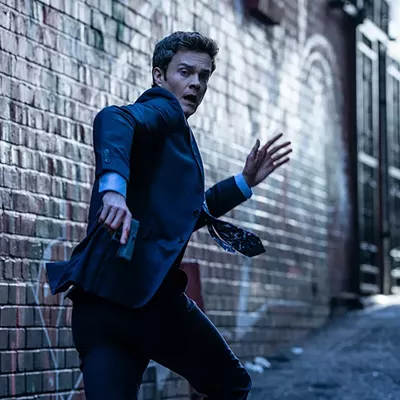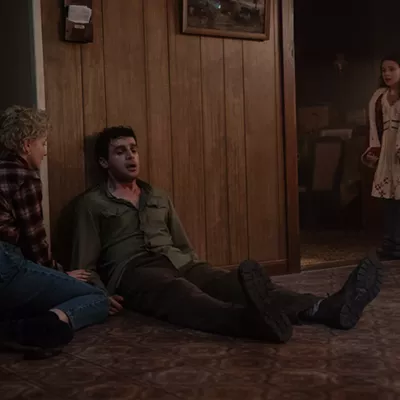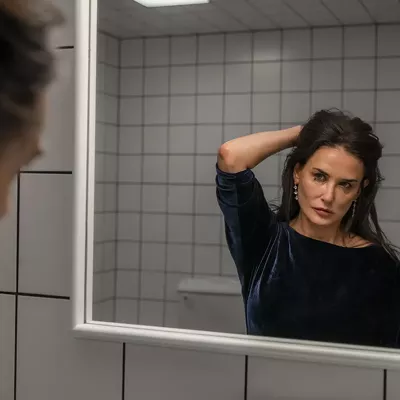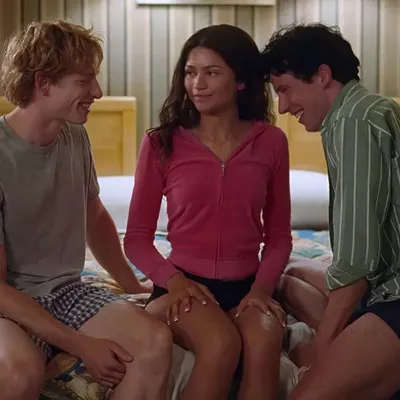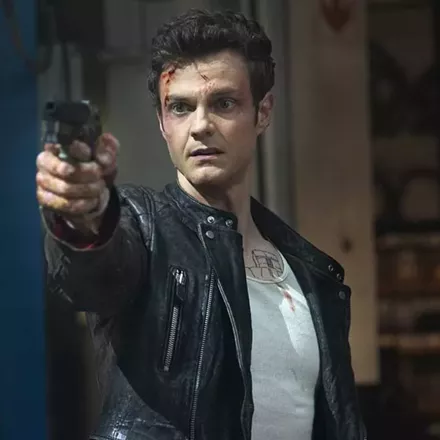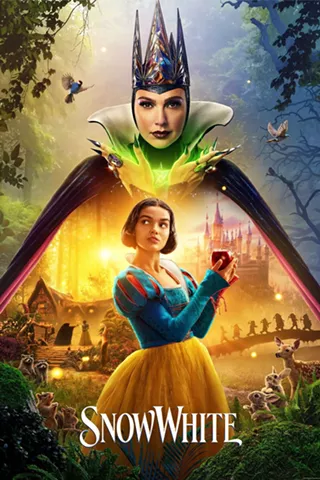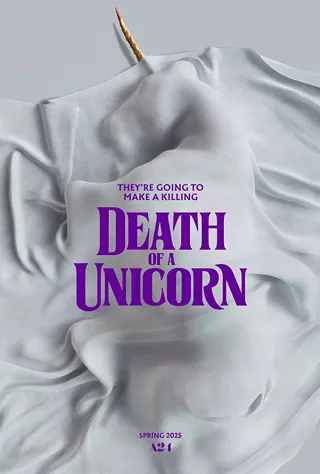Ghost in the Shell (1995) a groundbreaking, subversive piece of Japanese anime, gets a live action redo with Scarlett Johansson sporting a form fitting flesh suit and a bunch of plot enhancers aimed at making the story more humanistic and straightforward.
The results are always good to look at, but the puffed up plot and safe PG-13 rating keep the film far away from being an upgrade on the original. It's a largely boring, misguided affair.
Johansson can't be faulted for the film's failures. She could've been a solid choice to play Major, a human brain inside a synthetic cyborg's body policing the streets of a futuristic dystopia that makes the Blade Runner landscapes look like Lincoln, Nebraska in comparison.
As she has proven in Lucy and playing Black Widow, Johansson is a capable action hero. She also fares well as somebody placed in an artificial body, as she did in Under the Skin. She does a good job of appearing slightly lost, but centered, a character who is in that body somewhere, but isn't entirely whole. Most importantly, she can play a robot without seeming robotic.
Unfortunately, Major also has a new plotline that involves her past life, a mystery that overwhelms the action and turns the film into a bit of a melodramatic exercise. There are themes from the original anime and subsequent TV series that are expanded upon-perhaps too much-and it slows the film down.
While the original had a hard nosed, gritty crime noir edge to it, director Rupert Sanders goes for something softer and a little whiny. He also has a problem injecting anything resembling humor in the film.
As far as set designs go, Ghost in the Shell is a visual winner, although a derivative one. Instead of Blade Runner's geisha billboards you get gigantic geisha holograms acting as skyscraper tall advertisements. There are action scenes that do the original anime justice, as well as paying homage to the likes of The Matrix. None of it feels altogether original, but it does look good.
While the plot only mildly resembles the original, there are moments from the anime that are totally recreated in the redo. They include Major's liquid birth scene and her diving off a skyscraper, the moment where Major tears herself apart while attacking a tank and a scene where Major battles a bad guy in a lake. Fans of the original will take in these moments with either glee or unimpressed boredom.
Michael Pitt shows up late in the film as Kuze, an altered version of a character from the TV series Ghost in the Shell: Stand Alone Complex. He essentially replaces the Puppet Master from the original movie, an entity able to hack into other cyborgs and intelligence systems. Pitt, always the eccentric actor, embraces the opportunity to look and act really weird, which he does nicely. He turns Kuze into an interesting, tortured being. He's one of the stronger elements in the film.
Legendary Japanese actor Takeshi Kitano plays Aramaki, a prominent character in the original given a new spin. Kitano has a scene where Aramaki dispatches enemy forces while using his briefcase as a shield, and it might be the best action moment in the movie.
No doubt, this one was being set up as a franchise for future movies, but the continuation of the saga seems doubtful anytime soon. Ghost in the Shell cost a lot of money. It was supposed to be a domestic blockbuster, and it's getting beat by a cartoon baby voiced by Alec Baldwin.
The better bet would be to make further animated stories, and continue the saga of Major that way. No live actors required.

